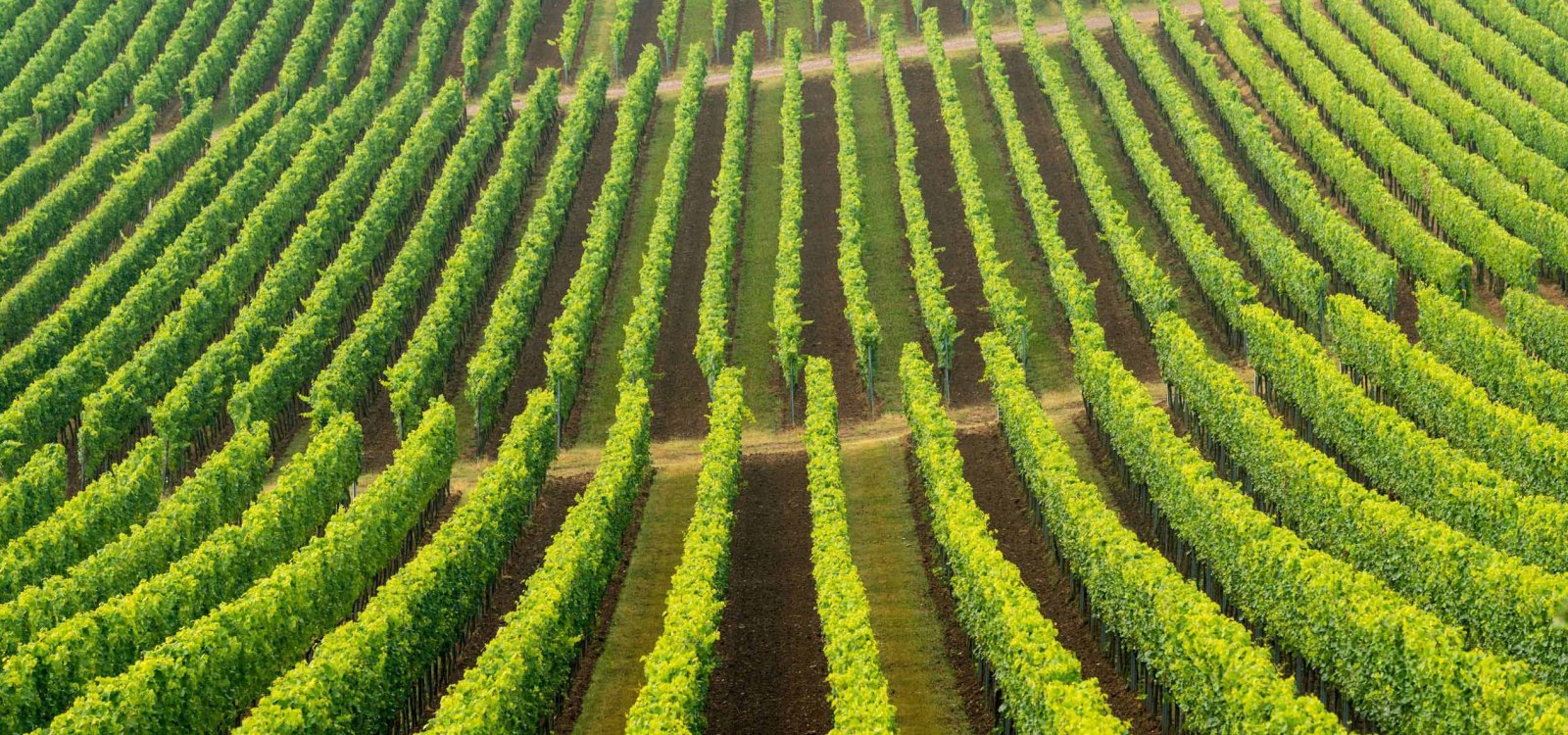
searchMenu



Wide range of grape varieties in the old part of the district Nestled between the villages of Hillesheim, Dolgesheim, Wintersheim and Dorn-Dürkheim lies the single vineyard "Altenberg". This has nothing to do with senior vintners or old vines. The site was first mentioned in a document in 1618 with the name "im alten Berg". The area lies in the oldest part of the district. Apparently there was also a new part. A variety of grape varieties grow on loess and marl in the "Altenberg". A visit to the Evolution Column, a three-metre high…

The monastery cooks already knew what was good. The site was first mentioned in a document in 1297 with the name "iuxta Kirchenstücke". "iuxta" is Latin and means "close to". Either this piece of land was intended for the upkeep of a monastery kitchen or it generally referred to a church property. Hohen-Sülzen appears under the names "Sulza" (1140), "Sulzen" (1200), "Horsulzen" (1238) and "Sulczen" (1355) and lay in the old "Wormsgau". Riesling and Pinot Noir grow here on loess, loam and soft limestone. Wines with opulent fruit and…

Spicy? Nowadays rather fruity and melting What a lovely idea: the name is based on the former use of the vineyard as a spice garden. What might have blossomed and smelled there? Lavender? Mint? Chives? On deep, lime- and nutrient-rich soil with a high clay content, grape varieties of all kinds grow here today. The wines are dense and melting in the glass, fruity, with moderate acidity. The two vineyard swings Horrweiler and Welgesheim are located at the edges of the single vineyard site and invite you to relax.

Hello Pinot! The vineyard was first mentioned in a document in 1355 with the name "ame heldewege". So, where does the word “hell” come from? The name "hell" is derived from the Middle High German word for "Halde(a)" and means slope, therefore it has nothing to do with purgatory. In west-central Germany, this field name is very widespread. The small single vineyard, only eleven hectares in size, is predestined above all for mineral Pinots, with an almost salty finish. > To the other single vineyard sites of Ingelheim: Horn,…

Where mountains stand out and Pinots feel at home The vineyard was first mentioned in a document in 1570 with the name "am Horn". The term "Horn" is a common designation for protruding mountains. Like the horns of a billy goat or roebuck. Following the tradition of the red wine town, the single vineyard Ingelheimer Horn is home to complex and elegant Pinot Noirs and other Pinot varieties. At the foot of the Mainzer Berg, above Ober-Ingelheim. Loess, stony and sandy loam soil as well as numerous limestones are characteristic for the vineyard,…

Pares from Paradies? Origin of name unclear, wines paradisiacal. Where does the name come from? One can only speculate! Three variants are conceivable. Number one: The name of the site is derived from the Middle High German word "Parich" for "horse". In former times, there was an old cattle drift on this site, an agricultural path for driving cattle. Number two: In Latin there are the words "pār" for equal, on a par with and "pārēre" for to show oneself, to direct oneself towards something. Number three: The medieval term…

Red crosses and magnificent Portugiesers German Red Cross? No. The DRK does indeed maintain a local association in Ingelheim, but it has nothing to do with this single vineyard. The location was first mentioned in a document in 1383 with the name "an dem Crutze". A red field cross gave this vineyard its name. It was considered a resting place for the population at that time. The single vineyard between Ingelheim and Heidesheim presents itself idyllic and wild, with many hedges and fruit trees. Award-winning Portugiesers, among others, thrive…

The white mountain in the Rheinhessen red wine growing area The Ingelheim vineyards are mainly located on two opposite slopes: Mainzer Berg and Westerberg. The Mainzer Berg is predestined for Pinot Noir. On the Westerberg, facing east-northeast and with lime-rich soil, many white varieties grow: Riesling, Chardonnay, Pinot Blanc and Pinot Gris. The name is due to Westerhaus Castle, which still oversees the vineyards today. The first documented mention of the vineyard dates back to 1408. The castle was bought by the Opel automobile family in…

Sun, Selz and super wines Not to be confused with the 1-hectare single vineyard "Ingelheimer Sonnenberg" in the middle of the city. The Sonnenhang is 88 hectares in size and is located in the extension of Ingelheim-Süd and on the Selz River. Sonnenhang and Sonnenberg are quasi-synonyms. This name comes from the generally favorable position towards the sun. Here, the Mainzer Berg slopes west-southwest toward the Selz Valley and allows optimal sun exposure. On limestone, loess and loam grow a variety of vines of rather strong style:…

This hall designation is probably formed with a personal name.
Rheinhessenwein e.V.
Otto-Lilienthal-Straße 4
55232 Alzey
E-Mail: info@rheinhessenwein.deRheinhessenwein e.V.
Otto-Lilienthal-Straße 4
55232 Alzey
E-Mail: info@rheinhessenwein.de